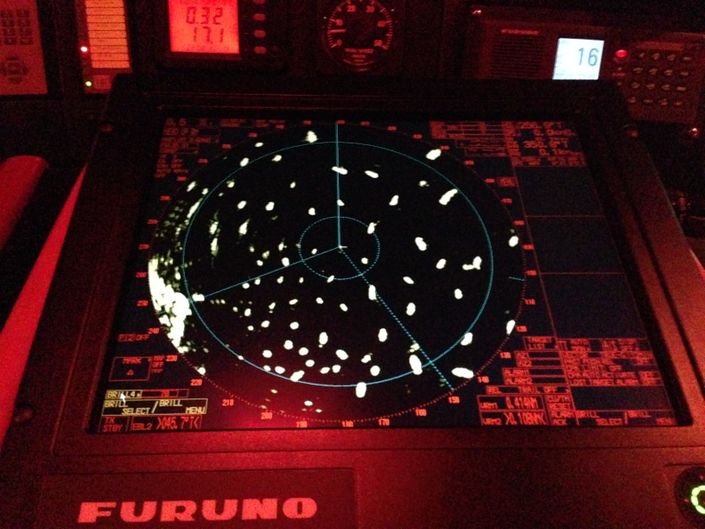
MCA Master 200t Preparation
An in depth preparation for the MCA Master 200t exam
Watch Promo Enroll in Course"Great teacher, great course, You could tell he genuinely cared about making the material interesting and comprehensible to everyone."
Tyrone Bosworth
This is a comprehensive training package based on the MCA Master 200t/ OOW 500t syllabus as laid out in MSN 1858.
The online training material includes:
- Written text
- Slide shows
- Relevant PDF's for that part of the syllabus
- Training Videos
- Quizzes
This is not a graded course at this time.
The training should take the committed student 2 to 3 months to complete.
It is highly recommended that the student also undertakes 1-2-1 face to face , or Skype sessions (normally 3 hours each in duration) to fully prepare their examination technique. This training course considerably reduces the amount of 1-2-1 training required from 40 hrs to approximately 15 to 20, but this depends upon the students commitment and prior knowledge.
1-2-1 Training purchased separately.
This exam is difficult, and in many ways is considerably more difficult than the OOW 3000t due to the emphasis on the Master (Code Vessel) element.
Your Instructor
Ian has spent 19 years in the marine industry, during which he has been extensively involved in training, both ashore and afloat.
He has worked as Captain onboard yachts up to 50m, and holds the MCA Master 3000t qualification.
He has been an RYA Examiner for Sail, Motor, Powerboats and Ocean since 2006.
Ian has a comprehensive knowledge of the MCA Yacht Syllabus, and is one of the few to have completed all of the MCA Yacht Oral Exams, the Master 200t, OOW 3000t, Master 500t, and Master 3000t.
Course Curriculum
-
Start1 a) Passage planning with respect to use of navigational publications, including navigational charts, sailing directions, light lists, tide tables, radio and navigational warnings
-
Start1 b) IALA system of maritime buoyage A and B
-
Start1 c) Limitations and sources of error of electronic chart and navigation systems
-
Start1 d) Radar and ARPA – practical use of, modes of operation, limitations and sources of error, including basic radar plotting techniques
-
Start1 e) Understands the importance of regular checking of the vessel’s position and action to be taken if found off track
-
Start1 f) Applies variation and deviation to convert true course to compass course and vice versa; understands the basic causes of variation and deviation
-
Start1 i) Identifies transits and clearing marks from the chart in order to plan a safe approach to harbour or anchorage
-
Start1 j) States the meaning and explains the significance of chart symbols and abbreviations in common use
-
Start1 k) Knows how to obtain and use weekly notices to mariners in order to correct charts
-
Start3 a) A thorough knowledge of the principles of navigational watchkeeping at sea, including watchkeeping at anchor; as STCW Code A-VIII and ICS Bridge Procedures Guide
-
Start3 c) Knowledge of steering control systems, including automatic pilot and operational procedures and change over from manual to automatic control and vice-versa
-
Startd) Maintain navigational records
-
Start3 e) Knows the circumstances under which the Master should be called to the bridge
-
Start3 f) Knows the principles for handing over and relieving the navigational watch
